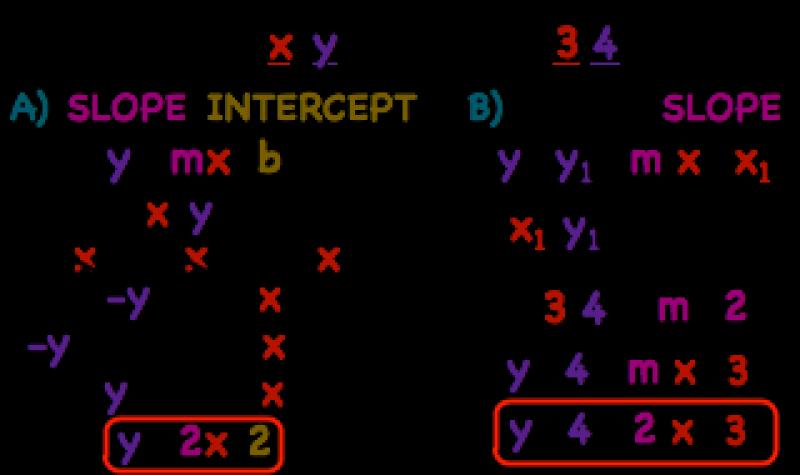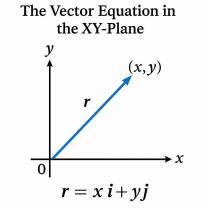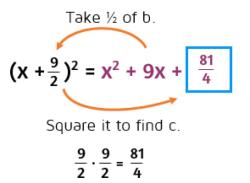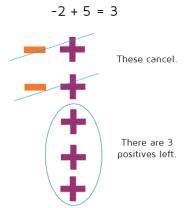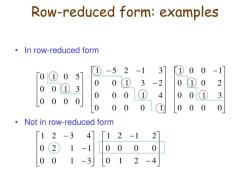How do you turn an equation into slope intercept form?
The slope-intercept form of a linear equation is given by:
where:
- is the dependent variable (output),
- is the independent variable (input),
- is the slope of the line,
- is the y-intercept, which is the value of when is 0.
To turn an equation into slope-intercept form, you generally need to solve for and express the equation in the form . Here's a step-by-step process:
Start with the Equation:
- Begin with the given equation, which may be in a different form, such as standard form or point-slope form.
Isolate :
- If the equation is not already solved for , isolate on one side of the equation. This might involve performing various algebraic operations.
Rearrange Terms:
- Rearrange the equation to get on one side and all other terms on the other side. The goal is to have the equation in the form .
Identify the Slope ():
- Once the equation is in the form , identify the coefficient of . This coefficient is the slope () of the line.
Identify the Y-Intercept ():
- Identify the constant term (the term without ). This constant term is the y-intercept ().
Write in Slope-Intercept Form:
- Write the equation in the slope-intercept form , substituting the values of and that you identified.
Here's an example:
Suppose you have the equation , and you want to write it in slope-intercept form.
Start with the Equation:
Isolate :
- Subtract from both sides:
Rearrange Terms:
- Divide both sides by -3 to isolate :
Identify the Slope ():
- The coefficient of is , so the slope () is .
Identify the Y-Intercept ():
- The constant term is -2, so the y-intercept () is -2.
Write in Slope-Intercept Form:
- The equation in slope-intercept form is .
Now, the equation is in the slope-intercept form, making it easy to identify the slope and y-intercept.
Equation transformation: How to turn an equation into slope-intercept form
In mathematics, the slope-intercept form is a widely used method for representing linear equations. It provides a clear and straightforward way to visualize and analyze linear relationships between variables. To transform an equation into slope-intercept form, follow these steps:
Understanding slope-intercept form: The basics of y = mx + b
The slope-intercept form of a linear equation is expressed as:
y = mx + b
where:
- y represents the dependent variable, which is the variable being measured or predicted.
- x represents the independent variable, which is the variable that is manipulated or controlled.
- m represents the slope of the line, which indicates the steepness and direction of the line.
- b represents the y-intercept, which is the point where the line crosses the y-axis.
Step-by-step conversion: Converting equations to slope-intercept form
To convert an equation to slope-intercept form, follow these steps:
Isolate y: Move all terms containing y to one side of the equation.
Combine like terms: Combine any constant terms on the right side of the equation.
Express the equation in y = mx + b format: Rewrite the equation in the form y = mx + b, where m is the slope and b is the y-intercept.
Graphical insights: Visualizing equations in slope-intercept form
The slope-intercept form provides valuable graphical insights into linear relationships. The slope, represented by m, determines the steepness and direction of the line. A positive slope indicates that the line rises from left to right, while a negative slope indicates that the line falls from left to right. The y-intercept, represented by b, indicates the point where the line intersects the y-axis. This point is always located on the y-axis at the value of b.
Applications in real life: Practical uses of slope-intercept form in various fields
The slope-intercept form has numerous applications in various fields, including:
Physics: Modeling motion and relationships between variables such as velocity and time.
Engineering: Designing structures and analyzing forces and their effects.
Economics: Studying trends in financial markets and analyzing supply and demand relationships.
Biology: Investigating growth rates and population dynamics.
Education: Assessing student performance and evaluating the effectiveness of teaching methods.
